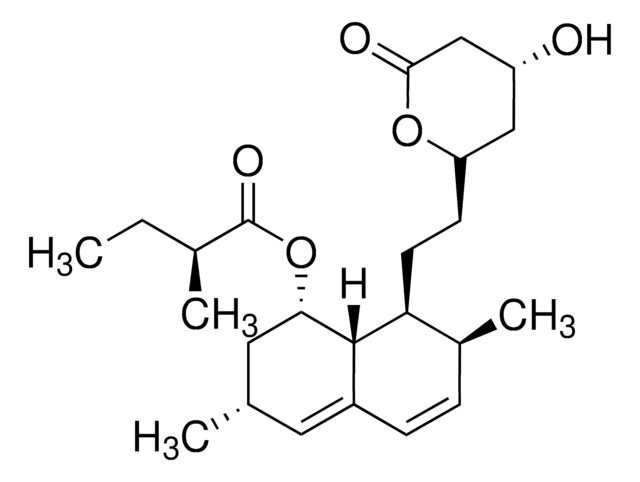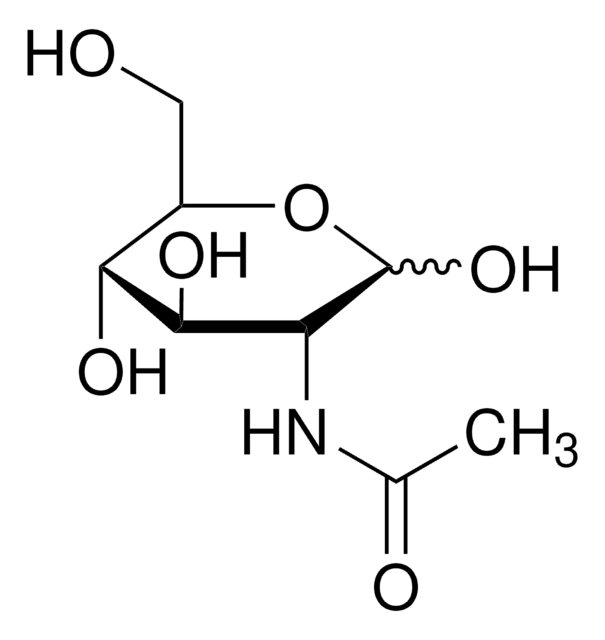S8625
Acétate de sodium trihydrate
ReagentPlus®, ≥99.0%
Synonyme(s) :
Acide acétique sodium salt trihydrate
About This Item
Produits recommandés
Niveau de qualité
Gamme de produits
ReagentPlus®
Pureté
≥99.0%
Forme
powder
Température d'inflammation spontanée
1112 °F
pH
8.5-10 (25 °C, 408 g/L)
pKa (25 °C)
4.76 (acetic acid)
Chaîne SMILES
O.O.O.[Na+].CC([O-])=O
InChI
1S/C2H4O2.Na.3H2O/c1-2(3)4;;;;/h1H3,(H,3,4);;3*1H2/q;+1;;;/p-1
Clé InChI
AYRVGWHSXIMRAB-UHFFFAOYSA-M
Vous recherchez des produits similaires ? Visite Guide de comparaison des produits
Catégories apparentées
Application
- Direct Affinity Ligand Immobilization onto Bare Iron Oxide Nanoparticles Enables Efficient Magnetic Separation of Antibodies: Highlights the role of sodium acetate trihydrate in bioengineering, particularly in the enhancement of magnetic nanoparticle performance for bioseparation applications (Zimmermann I, Berensmeier S, 2024).
- Physicochemical and antioxidant properties of pectin fractions extracted from lemon (Citrus Eureka) peels: Details the use of sodium acetate trihydrate in the extraction and analysis of bioactive compounds, supporting its critical role in food science and nutraceutical applications (Su Z, Li G, 2024).
Autres remarques
Informations légales
Code de la classe de stockage
11 - Combustible Solids
Classe de danger pour l'eau (WGK)
WGK 1
Point d'éclair (°F)
Not applicable
Point d'éclair (°C)
Not applicable
Certificats d'analyse (COA)
Recherchez un Certificats d'analyse (COA) en saisissant le numéro de lot du produit. Les numéros de lot figurent sur l'étiquette du produit après les mots "Lot" ou "Batch".
Déjà en possession de ce produit ?
Retrouvez la documentation relative aux produits que vous avez récemment achetés dans la Bibliothèque de documents.
Les clients ont également consulté
Protocoles
Enzymatic Assay of Sulfatase (EC 3.1.6.1.)
This procedure may be used for the determination of Amyloglucosidase activity using starch as the substrate.
Notre équipe de scientifiques dispose d'une expérience dans tous les secteurs de la recherche, notamment en sciences de la vie, science des matériaux, synthèse chimique, chromatographie, analyse et dans de nombreux autres domaines..
Contacter notre Service technique




